Murshidabad is a district and a hisorical town in West Bengal. Located on the eastern bank of Bhagirathi river, the city once hosted the seat of Nawabs of Bengal. The records of ancient history of Murshidabad, however traceable from the period when Sasanka, the king of Gouda, establishing his capital in the region. But several findings from numerous excavations reveal that history of Murshidabad that dates back to 1500 BCE.
Murshidabad town appears on the eastern bank of river Bhagirathi, a distributary of the Ganges river. Therefore, on agricultural and trades perspective, the territory (the district) was always in prime importance. Several ancient kingdoms including the Mauryans and Guptas had left their traces of ruling the region. During medieval age of Indian history, it also remained the seat of power to the great Pala Kings. Later, with the rise of Mughals, the importance of Murshidabad kept glowing as a centre for politics, agricultural, and trades.
Murshidabad name arrived during early 18th century. Therefore, a lot of uncertainty is there on the name of ancient Murshidabad. However, Murshidabad name is used here to define the present territory of Murshidabad district.
History of Ancient Murshidabad (1500 BCE-550 CE)
Early history of ancient Murshidabad lacks enough records and evidences. Several archaeological excavations was done at various parts of Murshidabad district. Findings of those excavations confirm that the regions definitely existed during pre-Mauryan age. Some of the findings even date back to 1500 BCE.
Ancient Buddhist and Jain scripts had several records of history of ancient Murshidabad. Acharanga Sutra, a Jain script of 6th century BCE, mentions about Rarh region, which consisted of the territory of Murshidabad as well. Murshidabad remained under various rulers of Magadha for several centuries. King Bimbisara of Haryanka synasty, during his reign (544-492 BCE), gained control over the Ganges delta region of ancient Murshidabad.
With the decline of Haryanka dynasty at Magadha, several clans rose to power at the seat of Magadha. Finally, Chandragupta Maurya of the great Mauryan dynasty established his kingdom at Magadha in 320 BCE. Several Mauryan influences are found at various parts of Murshidabad. Ashokan stupas in Kanvasuvarna confirms rich history of Murshidabad as a part of the Mauryan Empire.
Ancient Murshidabad remained a center of trades in post-Mauryan periods especially during Shunga and Kushana periods. Excavations of Rajbaridanga exhumed several Kushana coins further confirming the Ganges delta region remained an epicenter of trades for several centuries rather millenniums.
Sialkali archaeological excavation at Raghunathganj confirmed Gupta Era settlement in ancient Murshidabad. It unearthed about 100 gold coins that belonged to Chandragupta, Samudragupta and Kumaragupta. The discovery also reveals another history of ancient Murshidabad as a center of trades under the Guptas.
Murshidabad in Medieval Era (550-1576 CE)
Medieval Era in India refers from post Gupta Era until begining of Mughal Era. Murshidabad during medieval age continued to remain an epicenter of trades and agriculture. Rise of Gauda Kingdom certainly added a new dimention in the history of medieval Murshidabad and Bengal.
History of Karnasubarna: Reign of Shashanka
History of Murshidabad is far more traceable from late 6th century CE. Shashanka was an important king of early 7th century, who firstly built an unified Bengal known as Gauda. Karnasubarna was the capital of Gauda Kingdom which often referred as glory time of Medieval Murshidabad. Excavations at Karna Subarna discovered remains of 7th century sturctures, describing an urban settlement.
The site of Karna subarna appears just about 24 kilometers south-west to Murshidabad town. It is far closer to Berhampur, the district head quarters of Murshidabad, just about 10 kilometers south-west. Locally known as Kan Sona (or, golden ear), Karna Subarna definitely was the state’s primary agricultural and trading hub.

Famous Chinese Buddhist monk Hiuen Tsang (Xuanzang) visited India early 7th century. His visits included Karnasubarna when King Shashanka was reigning. The texts of Hiuen Tsang undeniably was a literary treasure for history of medieval Murshidabad of Bengal and India. The archaeological excavation of Rajbaridanga was the most significant discovery of the famous Lo-to-no-chi or Lo-to-wi-ti, the Rakta-mrittikā Mahavihara (Bengali: রক্তমৃত্তিকা মহাবিহার), described by Hiuen Tsang. A discovered sealing bears the Dharmachakra Deer symbol on its upper register and two lines of inscription on the lower part.
Gauda Kings ruled till 626 CE. King Manava, the son of King Shashanka and remained the last ruler of Gauda Kingdom. The territory was thereafter divided between north Indian ruler Harshavardhana and Bhaskaravarman, king of Kamarupa. Arguably, territory of Karnasubarna went under Bhaskaravarman’s control. After the downfall of Gauda Kingdom, the glory time of Karnasubarna also declined.
Murshidabad in Post Shashanka Period
After fall of Gauda Kingdom, next few centuries had been a phase of political turbulence in entire Bengal. Entire Bengal were ruled by several small dynasties who would fight each other. The phase of political unrest is termed as ‘Matsanyaya’ (‘fish like’ i.e. a situation where bigger fishes eat out the smaller ones) in the history of Bengal. Such politcal unrest, somewhat reduced the historical imporatnce of Murshidabad in medieval era. Matsanyaya continued till mid of 8th century until Gopala, in 750 CE, established the rule of Pala Dynasty in Medieval Bengal.
Pala dynasty’s rise eventually suppressed the political unrest. But during Pala Dynasty’s rule, Murshidabad still continued to remain insignificant in history, only as a part of Pala Kingdom. However, Mahaipala reign (988-1038 CE) probably uplifted the glory time of Medieval Murshidabad to some extent. Archaeological excavations of Rajbaridanga in Murshidabad unearthed significantly large Buddhist settlements. Few archaeological remains probably belonged to the reigning period of Mahipala.
During late 12th century, Sena Dynasty emerged in power in the Rarh region. The Gangetic delta region thereafter went in their control. However Ballal Sen, who conquered Gaur from the Pala Dynasty, made his capital at Nadia district of present West Bengal.
Delhi Sultanate in Bengal
Following the fall of Sena Dynasty in 1203 to Bakhtiyar Kahlji, Bengal became a part of Delhi Sultanate. Bakhtiyar Khalji was the commander general of Mohammed Ghori, the Sultan of Delhi. As a result, control of Delhi Sultanate established in Bengal for the first time, which continued for next 150 years.
Sultanate of Bengal
In 1352 CE, Shamsuddin Ilyas Shah established independent Bengal Sultanate which ruled Bengal for next 22 decades. Ilyas Shah established the capital of Bengal Sultanate at Pandua, a province in present Malda district of West Bengal.
Mughal Era of Murshidabad (1576-1757)
The Mughal conquest established over Bengal post their victory at the Battle of Rajmahal. In 1576 CE, Mughal emperor Akbar’s army defeated Daud Khan Karrani, the last Sultan of Bengal.
Mughal Emperor Akbar arguably founded the Makhsudabad town during late 16th century. Makhsudabad, the old name of Murshidabad town, was already a prosperous city then, especially for sericulture. English agents’ reports of early 17th century mentioned the region would produce silk in massive quantity. With signicant business interest, the European companies started growing at nearby Cossimbazar area; to export quality silk to Europe. Which means, since late 16th century, Murshidabad history started regaining its glory time.
Glory of Murshidabd soon established Bengal as the wealthiest province of Mughal Empire, probaly the wealthiest territory in the world.
In 1660, Mukhsudabad became a Mughal Pargana with jurisdiction over the foreign companies. Emperor Aurangzeb appointed Murshid Quli Khan as Diwan of Bengal in 1702. Murshid Quli Khan was actually the title given by the Mughal emperor. The original name of Murshid Quli Khan was Kartalab Khan. However, after Aurangzaeb died in 1707, Murshid was transferred to Deccan province.
Murshidabad soon became a primary center for political, economic and cultural life of Bengal. The Nawabs of Bengal had shown significant interest towards industrialization of Bengal Subah. Murshidabad was the major production and export center for cotton muslin clothes, silk, metalworks, gunpowder etc. The region eventually became a business hub for all European companies. Murshidabad Mint was the largest currency Mint of Bengal during the period.
Nawabi Regime of Bengal (1717-1757)
In 1710, Mughal emperor Farrukhsiyar brought Murshid Quli Khan back to Bengal from the Deccan region. About 7 years later, the emperor also changed the post of Subahdar, as hereditary position of Nawab. As a result, with the Mughal emperor’s trust, Murshid Quli Khan became the first Nawab of Bengal in 1717. The capital of Mughal Bengal then controlled the jurisdiction of present Bangladesh and Indian states of West Bengal, Bihar and Odisha.
Until 18th century, Decca (Dhaka, the capital of present Bangladesh) was the capital of Mughal Bengal. On becoming the Nawab, Murshid immediately transferred his capital from former Decca to Makhsudabad. Murshid Quli Khan also changed the old name of Makhsudabad and renamed as Murshidabad, at his own name. History of Murshidabad took a dramatic turn after it became the capital of Mughal Bengal.
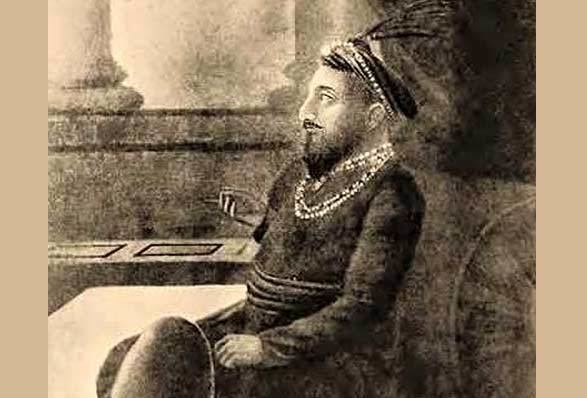
After Nawab Murshid Quli Khan, Suja ud-Daulah was the next notable Nawab of Murshidabad. He was the first Nawab to engage in conflict with British East India Company. However, he enforced Company to pay Rupees 3 lakhs as ‘Nazar to the Nawab’ for commencing disputes in taxation.
Alivaridi Khan was the next citable Nawab who ended Nasiri Dynasty’s rule. In 1740 he defeated Nawab Sarfaraz Khan and established regime of Afsar Dyansty as Nawabs of Bengal. Nawab Alivardi maintained peace and handled the foreign companies tactfully. Various merchants, rich families and companies started gathering in Murshidabad. Jagat Seth was the most wealthy and influential merchant of Murshidabad.
Siraj ud-Daulah succeeded his maternal grandfather Alivardi Khan to the masnad of Bengal in 1756. But subject to his defeat to the Battle of Plassey to the British very next year, independent Nawabi regime ended in Bengal. Siraj ud-Daulah remained the last independent Nawab of Bengal.
British Murshidabad
Siraj’s defeat at the Battle of Plassey (or, Palashi) eventually all authority and dominace of Nawabs in Bengal. British rule established in Murshidabad with this defeat. Robert Clive, the British commander, though continued the post of Nawab at Murshidabad.
Puppet Nawabi Regime (1757-1880)
Robert Clive placed his puppet Mir Jafar as the next Nawab of Murshidabad, but under British suzerainty. Mir Jafar very soon realized the intentions of the British. He soon build an allie with the Dutch and prepared for battle against the British. But due to his last minute turn around, the British naval troops easily superpowered the Dutch fleets at the Battle of Chinsurah. Clive immediately replaced Mir Jafar with his son-in-law Mir Qasim as the next Nawab of Murshidabad.
Mir Qasim too intended to get rid of the British. He made allies with Nawab Suja-ud-Daula of Oudh and Mughal Emperor Shah Alam II to dislodge the British. But their unplanned efforts were somehow denied by the relatively smaller British force, at the Battle of Buxar in 1764. The victory followed the the Treaty of Allahabad signed between the parties. It gave an unconditional Diwani rights of Bengal, Bihar and Orissa to the British. As a result, Nawabs of Murshidabad only remained a post without dignity and authority.
In 1772, Governor-General Warren Hastings shifted administrative and judicial offices from Murshidabad to Calcutta (refer History of Kolkata). Calcutta became the capital of the newly formed Bengal Presidency, and the de facto capital of British India. In 1858, the British Government, completely demolished the authority of Mughal Court.
The Nawabs of Bengal were given a new title as the Nawabs of Murshidabad. Later in 1869, the city became the Municipality of Murshidabad. Nawab Mansur Ali Khan was the last titular Nawab of Bengal. During his reign, the Nizamat of Murshidabad became fully debt-ridden. The Nawab left Murshidabad in 1869, and had started living in England. Hestings finally abolished the title of Nawab of Bengal in 1880.
Freedom Movements in Murshidabad
During late 19th and early 20th century, Murshidabad had significant contribution in freedom struggle of India. Indian National Congress formed a district committee at Murshidabad in 1921. Braja Bhushan Gupta became the first President of INC Murshidabad. The Swadeshi Movement and Quit India Movement of Gandhiji were also active in the district.
The British imprisoned the great Indian nationalist Netaji Subhash Chandra Bose at Berhampur jail. National poet Kazi Nazrul Islam was also sent to the same jail. Krishnath College of Berhampur produced revolutionaries like Masterda Surya Sen and Niranjan Sengupta. Nawab Wasif Ali Mirza founded the Hindu Muslim Unity Association in 1937.
Murshidabad during Partition of 1947
On 15 August 1947, during partition, Murshidabad became the part of East Pakistan (present Bangladesh) for its Muslim majority. However, 2 days later on 17 August, during final boudary adjustment, the Radcliffe Commission transferred Murshidabad back to India. This ensured the Bhagirathi river became entirely of India.
Historic Monuments in Murshidabad
Old monuments of Murshidabad from the ancient and medieval periods are mostly in ruins at present. However, those architectural ruins carry enough significant to explore the interesting history of Murshidabad. The Nawabi architectures of Murshidabad are howvever, more eye catching and tourist engaging. Few British Architectures are also visible at Murshidabad district representing the strong, influencial presence post 1757.
Numerous historical monuments are scattered around the Murshidabad district. But the old ones have mostly turned into ruins. During the Nawabi Regime, majority of constructions were built around Murshidabad town. Hence the key heritage monuments of Murshidabad district appear around the Murshidabad city only. Some of the key historic monuments of Murshidabad town are demonstrated below:
Katra Masjid Murshidabad
During his old age, Nawab Murshid Quli Khan desired to build his own tomb, next to a grand mosque. He accordingly ordered for the construction to his most trusted architect, Murad Farash Khan. The mosque was finally constructed in 1724, presently famous as Katra Masjid.
The word ‘Katra’ stands for a caravanserai, a resting place for travellers.

Katra Masjid consists of fourteen flights of stairs at the east side entrance. The tomb of Murshid Quli Khan appears under those stairs according to the last wish from the first Nawab of Mughal Bengal.
Nizamat Imambara
Built in 1740 by Nawab Siraj ud-Daulah, Nizamat Imambara represents one the famous historic Nawabi Architectures of Murshidabad town and district. It also recognised as the largest Imambara (congregation hall for Shia Muslims) of Murshidabad district. Nawab Siraj himself laid the foundation of Nizamat Imambara, bringing bricks and mortar by himself.
The old Imambara comprised of an imazing wooden architecture. Its base was dug 6 feet deep and backfilled with the holy soil of Mecca. However, back to back incidents of 1842 and 1846 had completely destroyed the old wooden Imambara. The old Madina mosque however still appears at the same place.

Nawab Nazim Mansur Ali Khan constructed the new Imambara in 1847, just opposite the Hazaduari Palace of Murshidabad. Archaeological Survey of India and the Government of West Bengal now maintains the monument.
Hazarduari Palace
Hazarduari Palace, old name Bara Kothi, is among the top tourist destinations of Murshidabad town. The British constructed Hazarduari Palace of Murshidabad in 1837. The Archaeological Survey of India presently maintains this property. Hazarduari Palace was used for housing important meetings and accommodation of high British officials. The palace is now a museum and displays collection of armoury, paintings and portraits of the Nawab.
Hazarduari Palace consists of 1000 doors, out of which 100 are false, which would confuse the robbers or thieves and palace guards would catch them easily by the time.
Other Constructions of Murshidabad Town
Nawab Murshid Quli Khan has also built a palace and a large military base. The largest military base of Murshidabad was located near the eastern gate of the city; just adjacent to the Katra Masjid.
Nawab Suja-ud-Din Muhammad Khan, the third Nawab of Bengal, added few more constructions in the city. A new palace, revenue office, a military base, public audience hall were built during his era. He also constructed a treasury, a private chamber and a mosque.
Nawab Siraj-ud-Daulah had also made few constructions in the city of Murshidabad. It included a beautiful palace and the Nizamat Imam bara. The palace complex was however fortified, and known as Nizamat Fort.
Key Takeaways
Murshidabad district is among the few districts in India where colonial settlements happended from the early Ancient Age. The region, having a geographical advantage, propspered to a very high altitude through agriculture, trades etc. This led to gatherings of merchants from old times, followed the various regimes made their base at the region. The Gauda Kingdom, Pala Rulers and finally Nawabs of Bengal gave Murshidabad dictrict an incredible history.
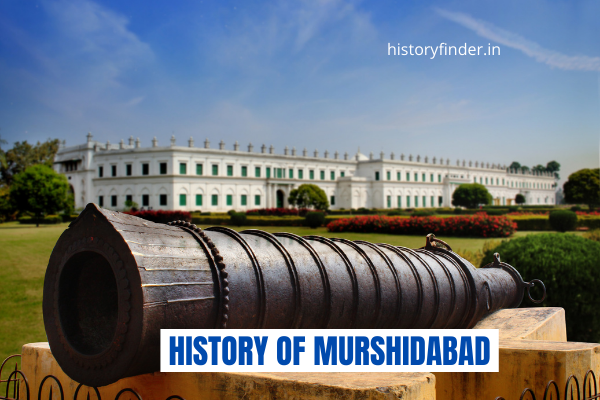
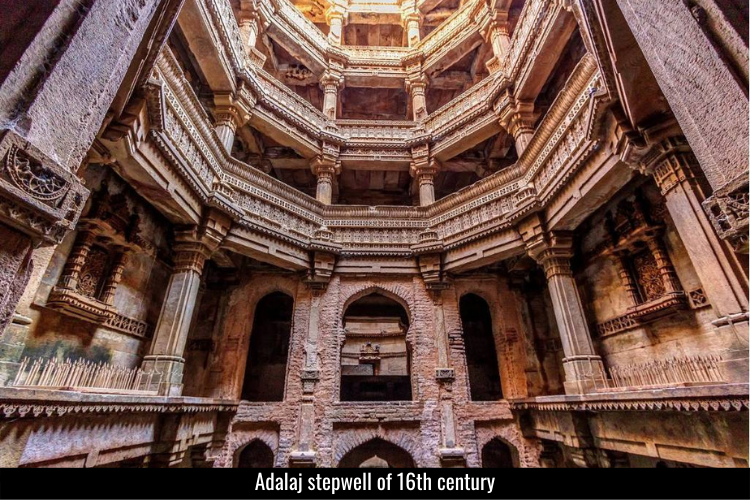
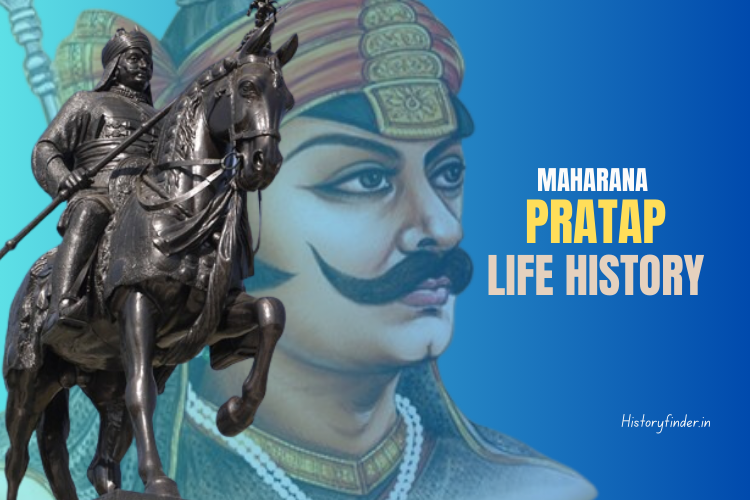
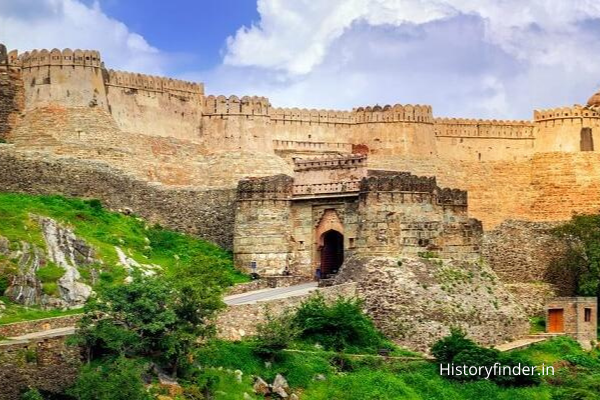
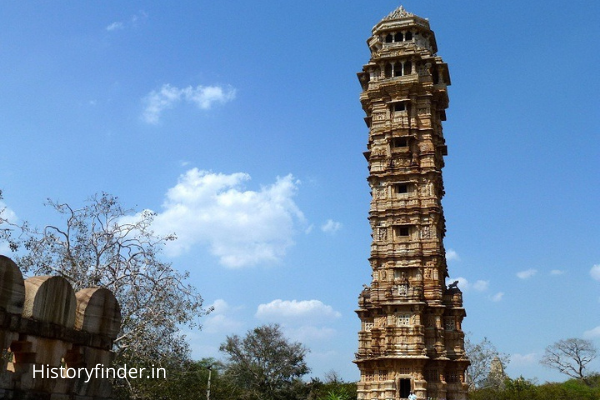
Pingback: History of Kolkata: discovery to independence - History Finder
Pingback: History of Bengal: Lagacy of Cultures and Literatures - History Finder